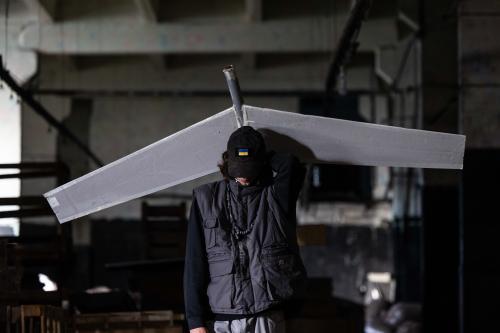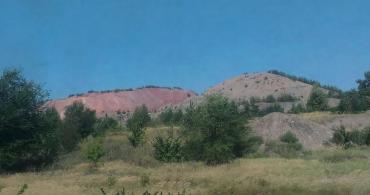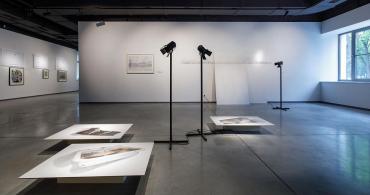Aircraft and Deaths. Artist talk with Maksym Zatsarinny
About the series Synumeru and an impossibility of a farewell rite
Now we look after my parents' house in Zvenyhorodka, Cherkasy region. My dad has been serving in the military since 2015, and my mother joined him as a combat medic; she couldn't live without him and decided to go to the frontier as well. Father kept pigeons; it was his passion. When I arrived at my father's abandoned house last year, all his pigeons were dead. The house was in utter decay. This winter, I killed a bird for the first time in my life, and it was the last bird at home. Without care, everything deteriorates and dies. And death itself comes closer and closer. Some time ago, I started humming a song that went something like this (beats the rhythm on the ATGM case) “Син умер, син умер, і батько вмер. A son died, a son died, and a father died”. If you keep singing this refrain in Ukrainian for a while, you’ll get this disturbing sound,“Synumeruuuuuuu”. I came up with this song when I had to undergo a commission at the military enlistment office. I was accompanied by a man whose son died in the war. This man was enlisted a week later.
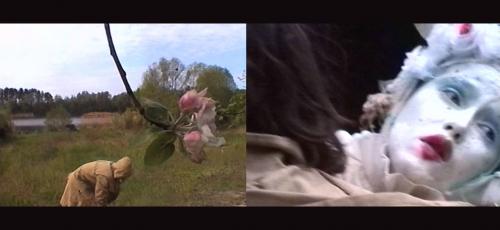
Two weeks ago (the conversation took place on 24 May), my uncle disappeared in the Bakhmut area. We saw the news on Facebook, where my uncle's fellow warrior wrote: "Rest in peace." There is simply nothing left. There is no uncle’s body, no official information. That is, my uncle just disappeared. Officially, he is listed as missing. But the family needs an answer to process their grief emotionally. Any answers. Either he died, and we are mourning him, or he is still alive, or he was captured... If we do not reflect on this now, farewells like this will become a problem in the future.
Without having the chance to find an answer, people ask tarot readers or mediums, and I notice this witchcraft all over Central Ukraine. I saw a very cinematic scene at my grandfather's funeral. He was a director of a printing house. After the funeral, people gathered to mourn, and one of the relatives suggested that we stand up and pray and recite the 'Pater Noster.' More than a hundred people gathered at the funeral, but no one could read this prayer. In my hometown, Ivana Kupala is celebrated more actively than any other summer holiday. But in Kosiv, Ivano-Frankivsk region, where I studied, the priests banned young people from celebrating Ivana Kupala. This is a kind of an epigraph to my choice to work with magical realism.
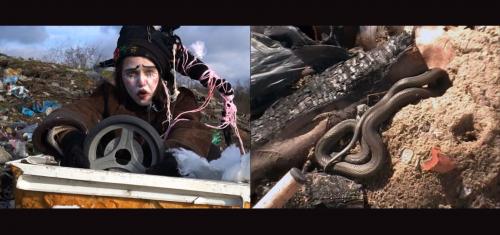
About artistic background
Perhaps, the primary media for me are photography and video. Through photography, I have the opportunity to reveal myself. Before my fascination with photography, I worked with digital art and studied ceramics in Kosovo. The theme of the intersection between eroticism and death interested me from the moment I started doing art, and that's why I chose digital. In Kyiv, I connected with a local underground community, but after a few exhibitions, the group I was working with split up. I had my sister's old phone and started taking pictures with it. This visual lo-fi fascinated me, especially the lightness of it all: the image has a low resolution, not many pixels, and weighs almost nothing on the disc. I had a relatively large audience of these images on social media. It was the beginning of 2014, and I was ready to go to the war. But it turned out that my father was the first one to leave, and he is in the army now. And I'm still volunteering here. So I continue to publish what I know: my friends, smashed roads and burnt tanks, our everyday life, destroyed equipment, the consequences of war. It's not an artistic statement, it's just a record of what I see. I think it's important to do this, because there are also many people in Europe who say, "Doesn't propaganda work for you? The official authorities will never tell us the truth anyway." And I say, look, here. I'm not even trying to add anything, just watch.
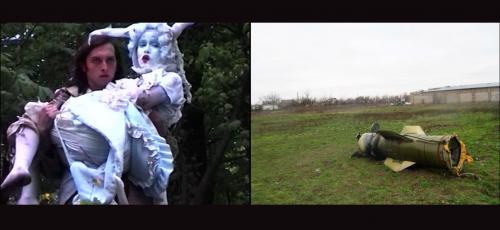
About Mykolayiv and the Beauty Studio residency
After the beginning of the full-scale Russian invasion, my friend Pavlo Klymenko went to Mykolaiv to help his friends develop a drone. Being an ambitious engineer, he joined a company that had worked on the project for some time. A Russian missile destroyed their first office in Mykolaiv. So there was a need to relocate. At first, this project was carried out in close cooperation with the military. But a team of outstanding engineers got some autonomy. So they invited me. I arrived at their new space, it was empty, except there was a single desk.
We renovated the place: painted the walls, sewed up the windows, and secured the premises. After that, we started to build the aircraft.
I worked on the fuselage, that is, the shape of the aircraft, because, as an artist, I'd had some practice in sculpture before. In the spring of 2020, there were about twenty teams like us in Mykolaiv. Our drone was supposed to be a kamikaze and carry an explosive load. But each of us had our vision of how it should be executed. There was no simple function of "destroying the enemy's weapons depots." Some team members had anarchistic views that were important from the beginning of the development to the final flight; others focused on details, some were looking for access to testing sites, and so on.I insisted that we continue our artistic practices, even in this situation. After all, art is a part of us, what we do best. At SRZ-2 in Odesa, we also worked with our hands and crafted various freaky objects. Now we have outsourced the development of this aircraft to another company. But during the work on the drone, we created a communication channel between the frontier and the back. And it became clear that not only the military needed help. So Beauty Studio transformed into the art residency.
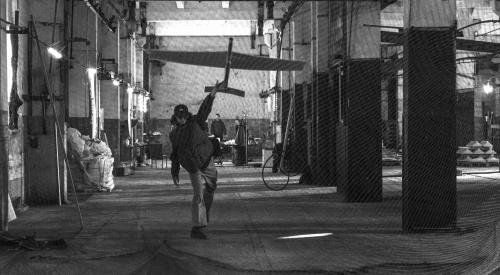
About recycling the materials that kill
A friend of mine designed a house not far from Kyiv. During the siege of Kyiv in February-March 2022, Russians established their seat in this house. We arrived at the place after our defenders had driven the invaders out with artillery. There was a huge pile of scrap metal left on the site, which I used to assemble an installation. My point is that this steel, which became a sculpture, can no longer be used as weapon and won’t be instrumentalized to kill anymore.

